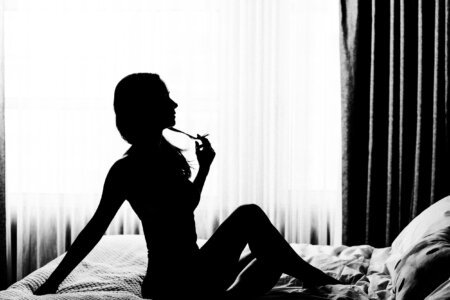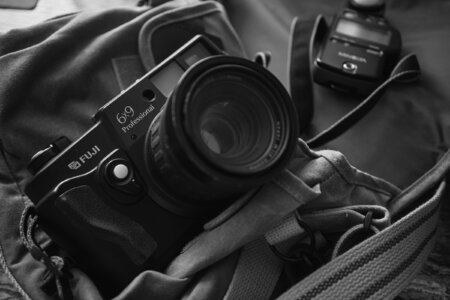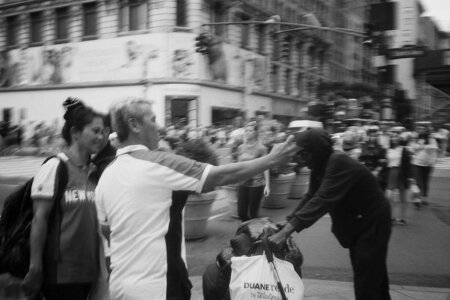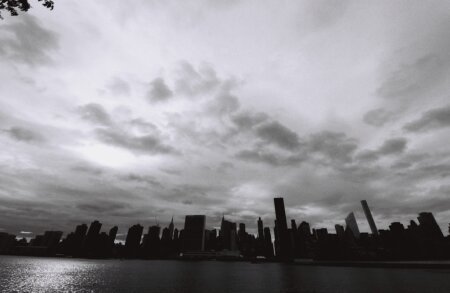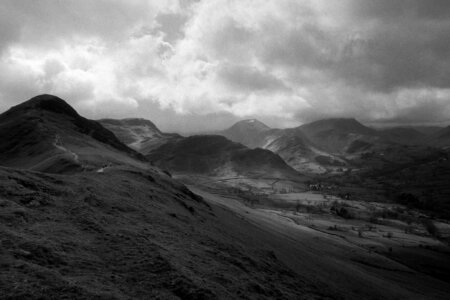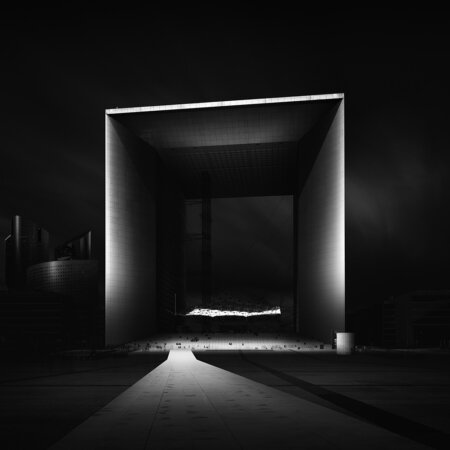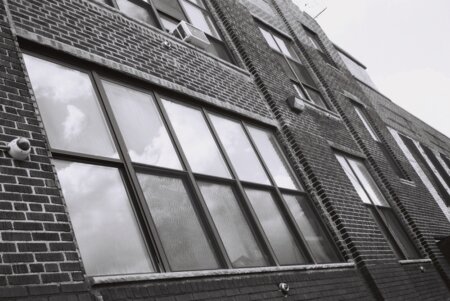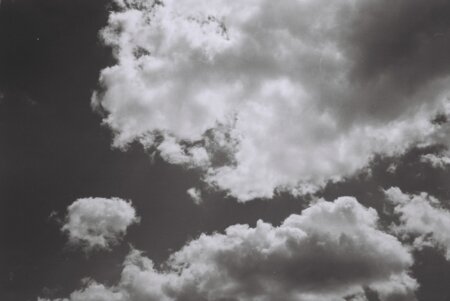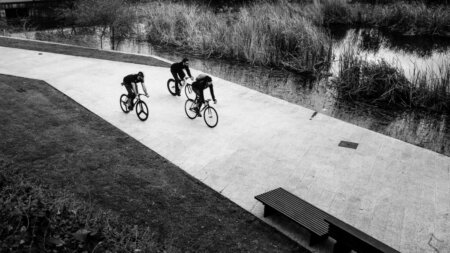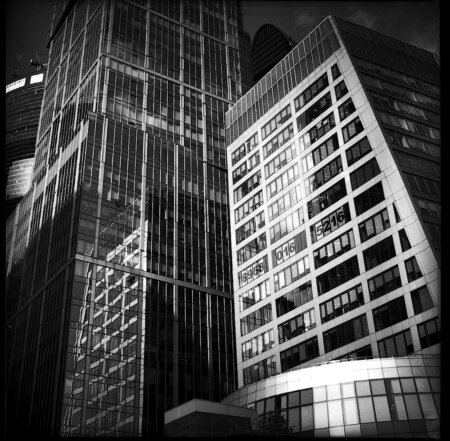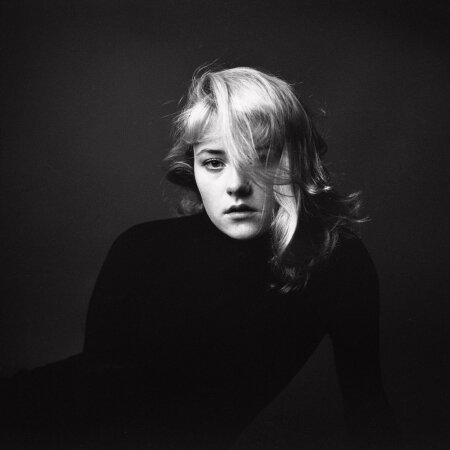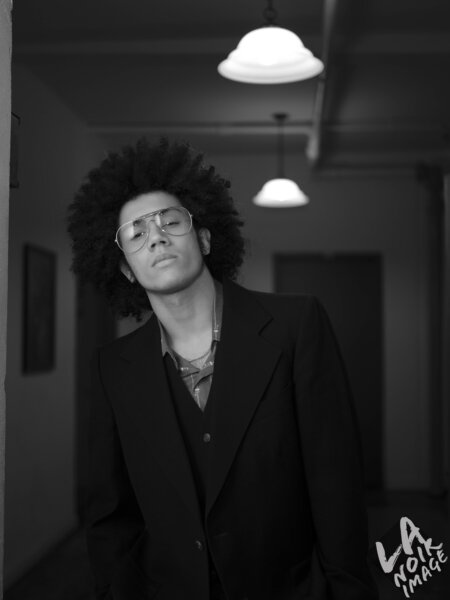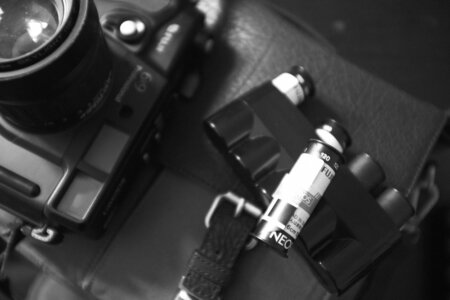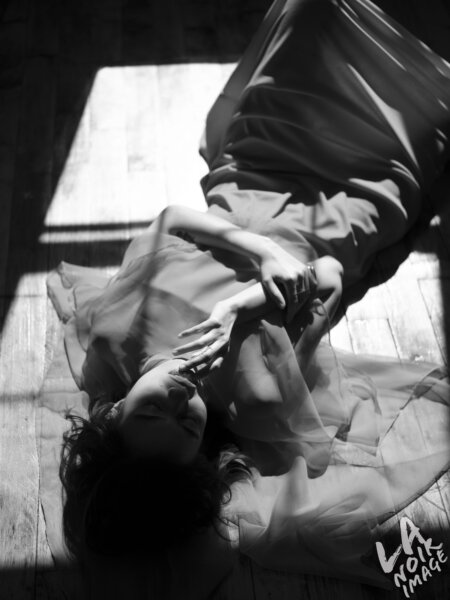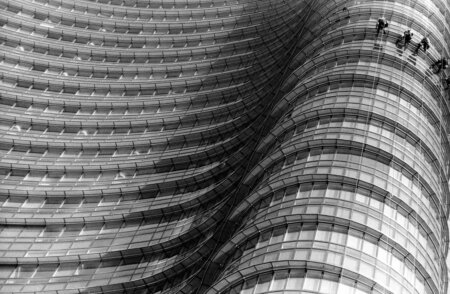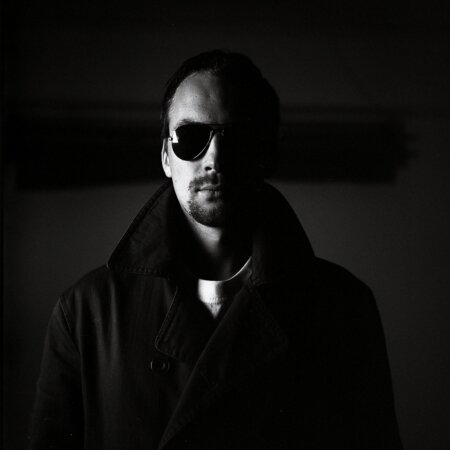So why not just get that in-camera to begin with?
An inspiring documentation of the monochrome lifestyle
Tagged film
Rangefinder Camera Review: Fujifilm GW690 III (Premium)
In the medium format world, you’ll find that there are a whole lot of rangefinder cameras, but not a whole lot of good ones–the Fujifilm GW690 III is the exception to that statement. When we talk about medium format rangefinders, lots of folks immediately whisper Mamiya, Bronica, Fujifilm–no one mentions Voigtlander or Zeiss. But as it is, Fujifilm’s highest end rangefinder could could indeed be this. While there were newer cameras to come out with a light meter and all, nothing really matches the sheer size of a gorgeous 6×9 negative. That’s what the Fujifilm GW690 III fires. Originally designed for landscape photographers, it’s found its way into the hands of modern portrait photographers and even street photographers. With a big, bright rangefinder to it and a beautiful 90mm f3.5 lens rendering the equivalent of a 35mm f1.2 in full frame 35mm, there isn’t a whole lot to hate about the Fujifilm GW690 III.
How Ilford Delta 400 Became My Favorite Film for Street Photography (Premium)
“For the first time, I had felt betrayed. Years and years of an industry and marketing teaching me that Kodak Tri-X 400 was the absolute best and that there is no reason for you to go out there and try anything else.”
Report: Using Ilford Pan F Plus 50 with the New Sigma 14mm f1.8 Art Lens (Premium)
I like to equate my experience of film photography to that of the experience that the older generation of photographers who experienced digital for the first time. At 30 years old, I still haven’t had the opportunity or the time or step into the darkroom. I never had the opportunity to do it either in college or high school. So to continue with the evolution of film and how it can deliver pleasing images, I believe that using newer, sharper lenses designed with digital sensors in mind is a great way to get even more out of film. Ilford Pan F Plus is arguably the sharpest black and white film out there with TMax and Acros being a bit behind, but if it was sharp even in the days before all of these fantastic new lenses started coming out, then when using these new lenses the film should arguably be even better.
Using Ilford Disposable Cameras for Candid Photography (Premium)
If you’re reading this post, there are strong chances that you remember disposable cameras. My mother, who wasn’t that tech savvy at all, turned to them often when her Olympus camera broke. My college graduation was photographed on one in 2009 when I and many others had switched to digital point and shoots. My parents used them at events. So did my aunts and uncles. I always remember how fun they were–small, portable, and almost never reloadable until Lomography created their own reloadable versions earlier this year. So it was a complete blast from the past when I decided to try out Ilford’s disposable cameras.
What Ilford Film is Best for Landscape Photography? (Premium)
Ilford films are available for pretty much any type of photographer that you can name or list. At the moment, they have the largest selection of black and white films on the market as it is pretty much all that they produce. So with that said, there’s no good reason why landscape photographers would have been left out. Many photographers shoot landscapes as a hobby and very few actually end up selling prints of their images or being commissioned for tourist reasons. The look that Ilford film can provide is one that’s quite interesting. There are tons of photographers out there who shoot digital and simply try to create keystoned HDR photos. But that’s not really what film does.
Pietro Bevilacqua: An Attraction to Forms and Their Union
“It was like getting reborn!” says photographer Pietro Bevilacqua about his photographic journey…
Joel Tjintjelaar: Defining a Unique Creative Vision with Urban Geometry (Premium Interview)
“There’s a certain quietness and introversion to a black and white print hanging on a wall.”
Review: Kodak T-Max 400 (120 and 35mm)
If you’re a fan of Kodak Tri-X 400, you should really give Kodak T-Max 400 and see what you’re missing.
How Kodak Tri-X 400 Compares to Kodak TMax 400
Kind of boils down to personal preference – as in what subjects you like to shoot…”
Ignacio Gonzalez: Photographing Cyclists With Kodak T-Max
More and more lifestyle photography is being done with film these days; and for great reason.
Alexander Gavrilov: Moscow’s Architecture in Kodak T-Max
Kodak T-Max helps make these buildings almost look like scenes from the Twilight Zone.
The Digital Photographer’s Introduction to Kodak T-Max Film (Premium)
Kodak T-Max 400 works in a different way from Kodak Tri-X 400. Let’s explore it a bit.
The Photographer’s Essential Guide to Fujifilm Acros 100 and Digital (Premium)
Here’s what you NEED to know about Fujifilm Acros.
How Closely Does Fujifilm Acros Compare To the Digital Film Simulation?
Ever wonder how the Fujifilm Acros 100 emulsion and the digital presets compare?
Editor’s Letter May 2017: Fujifilm Acros Month
This month: we’re exploring Fujifilm Acros.
Fábio Picarelli: Learning with an Olympus OM-1 and Kodak Tri-X
“Kodak Tri-X is the most famous film of all time, it has a look in it that is easily recognizable.”
Davide Marcelli: Kodak Tri-X in the Pursuit of Art
“I started use Tri-X three years ago, and I literally fell in love with that beautiful grain.”
The Practical Guide on How to Use Kodak Tri-X 400 for Street Photography
F8 and be there! Well…sort of.
Tutorial: Working with Kodak Tri-X in the Studio (Premium)
Pushing and pulling Kodak Tri-x, exposing, studio lights and a whole lot more are covered here.
